Turmeric: The Indian Saffron
A very futuristic spice, the turmeric continues to inspire, educate and alleviate. Hailed as a wonder spice, it owes its origin to the plant called curcuma longa. Turmeric is basically dried rhizome and is also known as the “country cousin” of ginger. It is popularly called the “Indian saffron”- not only because of its common usage, but also because of its rich and vibrant curcumin content, which lends it a distinctive yellow colour.
The Eternal Match
Turmeric and Ayurveda go hand in hand. The use of turmeric dates back to the Vedic age in India, where it was used both as a culinary spice and also as an item of ritual significance. It is said to have reached China by 700 CE, East Africa by 800 CE, West Africa by 1200 CE, and Jamaica in the 18th century CE. Even Marco Polo in 1280 CE was all praise for this vegetable that exhibited qualities so similar to that of saffron.
Cultivation
Turmeric has numerous species, and is widely cultivated in the tropics. However, India has the honour of producing nearly all of the world’s turmeric crop and its population consumes 80% of it. Nearly 1 billion people throughout the world consume it on a daily basis. In fact, the Indian turmeric, with its antibacterial and antimicrobial properties is considered to be one of the best in the world. In the state of Tamil Nadu, in South India, the city of Erode is the world’s largest producer of turmeric, followed by Sangli, a city in the state of Maharashtra. Erode is also known as the “yellow city” or “turmeric city”.
For the process of cultivation of this spice, the land has to be prepared in advance, and this is done during the pre-monsoon showers, usually around April-May. The soil has to be clayey, though well drained; sandy soil is also an option. Ridges and furrows are prepared for cultivation. Turmeric is propagated from rhizomes. In fact, seed rhizomes from the previous harvest are used for cultivation. They are planted in these prepared furrows. There are plantations in South India where turmeric is grown as a monocrop (single) or as an intercrop in coconut and arecanut plantations. They thrive in temperatures ranging between 20 and 30 degrees centigrade. Rainfall of course is a must.
Turmeric is a plant that needs a lot of care and manure. Organic manure, like neem cakes and cattle manure are used. The turmeric plants have to be protected from pests and disease, so surveillance is a must. Depending on the variety, under normal circumstances, turmeric is harvested 7 to 9 months after sowing. The leaves and stem start turning brown, and dry up progressively. This is an indication that it is ready to be harvested. The land is then ploughed and the rhizomes are extracted.
Post harvesting, is the curing stage. This is a very lengthy and challenging process and if not done properly, the turmeric may not be extracted to its maximum. The rhizomes are first boiled in water and then sun dried. Within 2 to 3 days of sun drying, they are boiled again, till the rhizomes become soft. The water is then drained off, and now these rhizomes are spread out in the sun for drying. During the daylight hours they are spread under the sun, and at night they are heaped together and covered, so that no moisture affects the turmeric. This process carries on for 10 to 15 days. Dried turmeric is normally very rough and dull to look at. So, the outer surface is polished – they are rubbed on a hard surface and in this manner the abrasions get smoother. Today, power operated polishing drums are used. The colour of the turmeric is directly proportional to its pricing. So, to ensure this during the last phase of polishing, turmeric powder mixed with a little water is sprinkled on the rhizomes. Then they are dried once more, before they are marketed.
Uses
| A multifaceted spice like turmeric has a finger in practically every pie! |
|---|
To prevent colours from fading, the food and beverage industry use turmeric very liberally. It has a significant role to play when it comes to pickles, relishes and mustard, canned beverages, baked products, dairy products, ice cream, yogurts, yellow cakes, biscuits, popcorns, sweets, cake icings, cereals, sauces and gelatines. Turmeric is also used to colour cheeses, margarine, salad dressings and even table butter. The list goes on and on. Turmeric is an integral ingredient in the Asian cuisine. This is one spice that is used in Indian homes on a daily basis. Statistically, on an average about 200 to 500mgs is consumed on a daily basis.
Turmeric has medicinal properties due to its bioactive components. This component of turmeric is still being tapped. The Pharma industry, the cosmetic industry, the health industry, the Ayurveda sector and the alternative medicine industry use turmeric and its extracts to promote wellness and good health. To top it, all the use of turmeric as a safe household remedy has been known for centuries. Today, the turmeric industry is expanding in leaps and bounds.
The answer to numerous issues and ailments can be found in this “golden spice”.
 Government of India
Government of India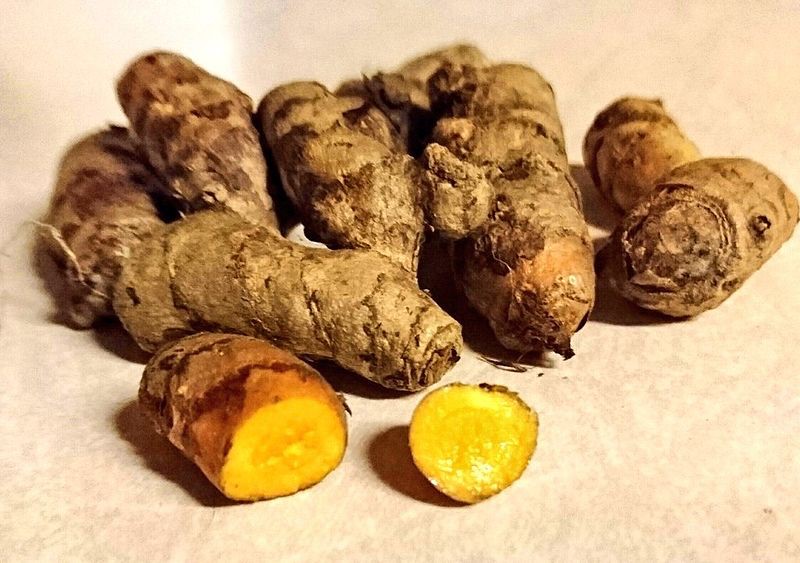
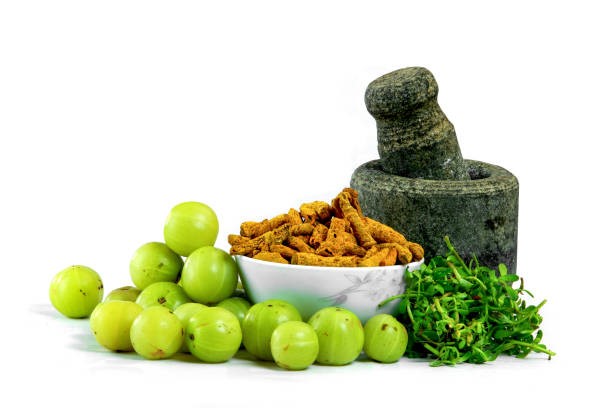
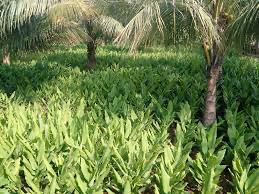
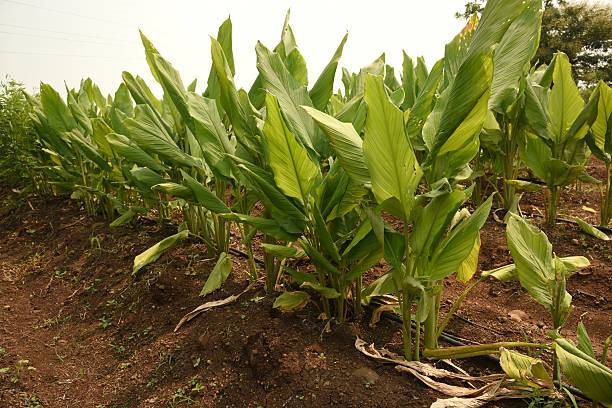
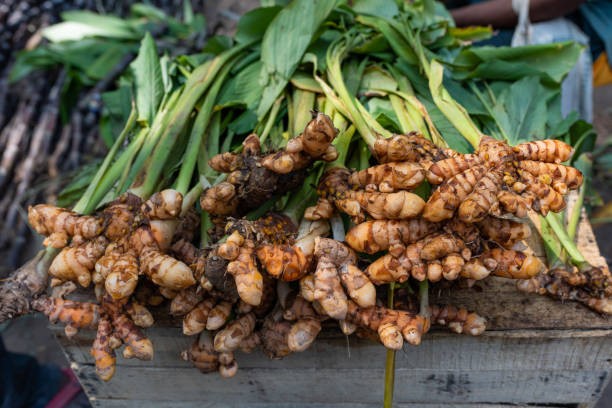



 Recognizing the ongoing need to position itself for the digital future, Indian Culture is an initiative by the Ministry of Culture. A platform that hosts data of cultural relevance from various repositories and institutions all over India.
Recognizing the ongoing need to position itself for the digital future, Indian Culture is an initiative by the Ministry of Culture. A platform that hosts data of cultural relevance from various repositories and institutions all over India.